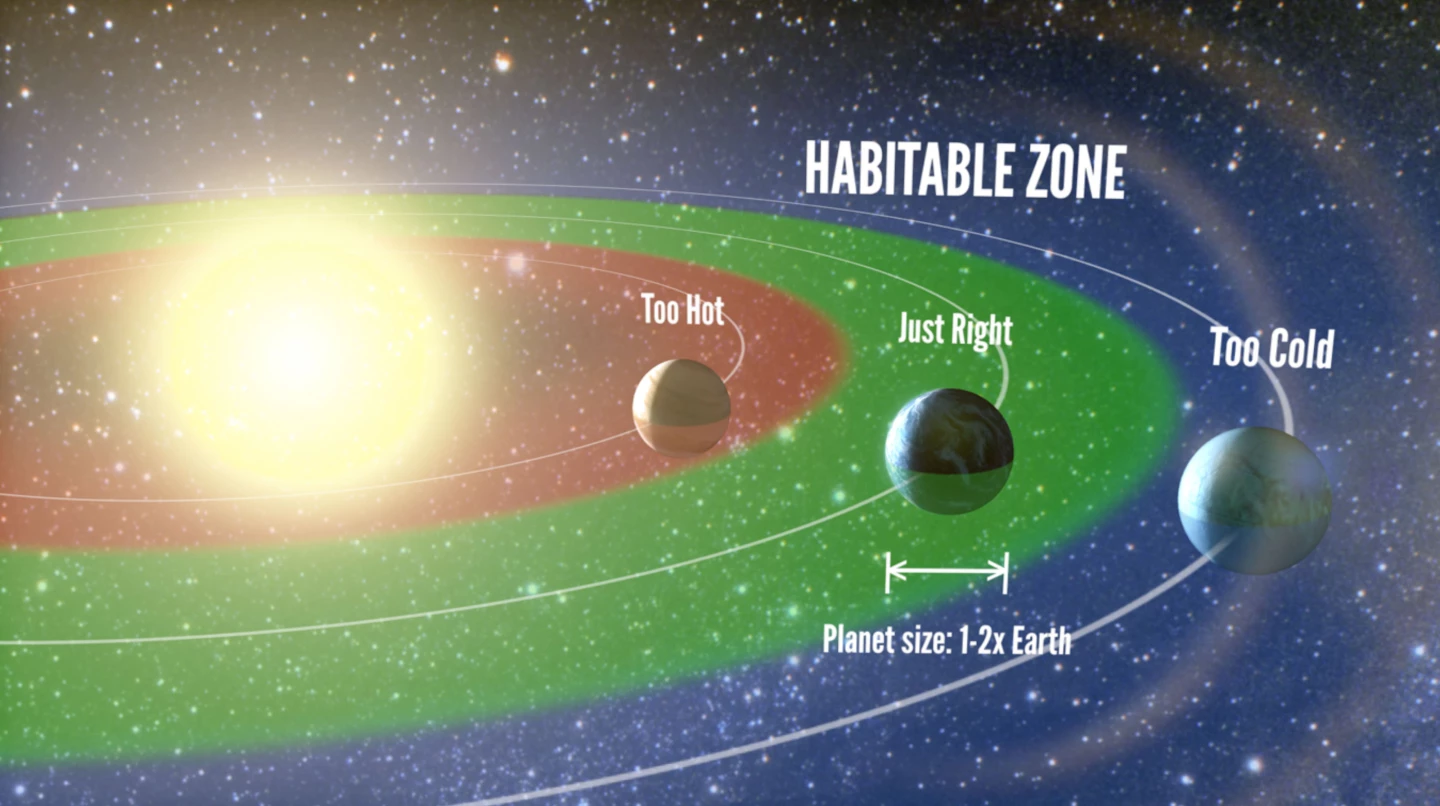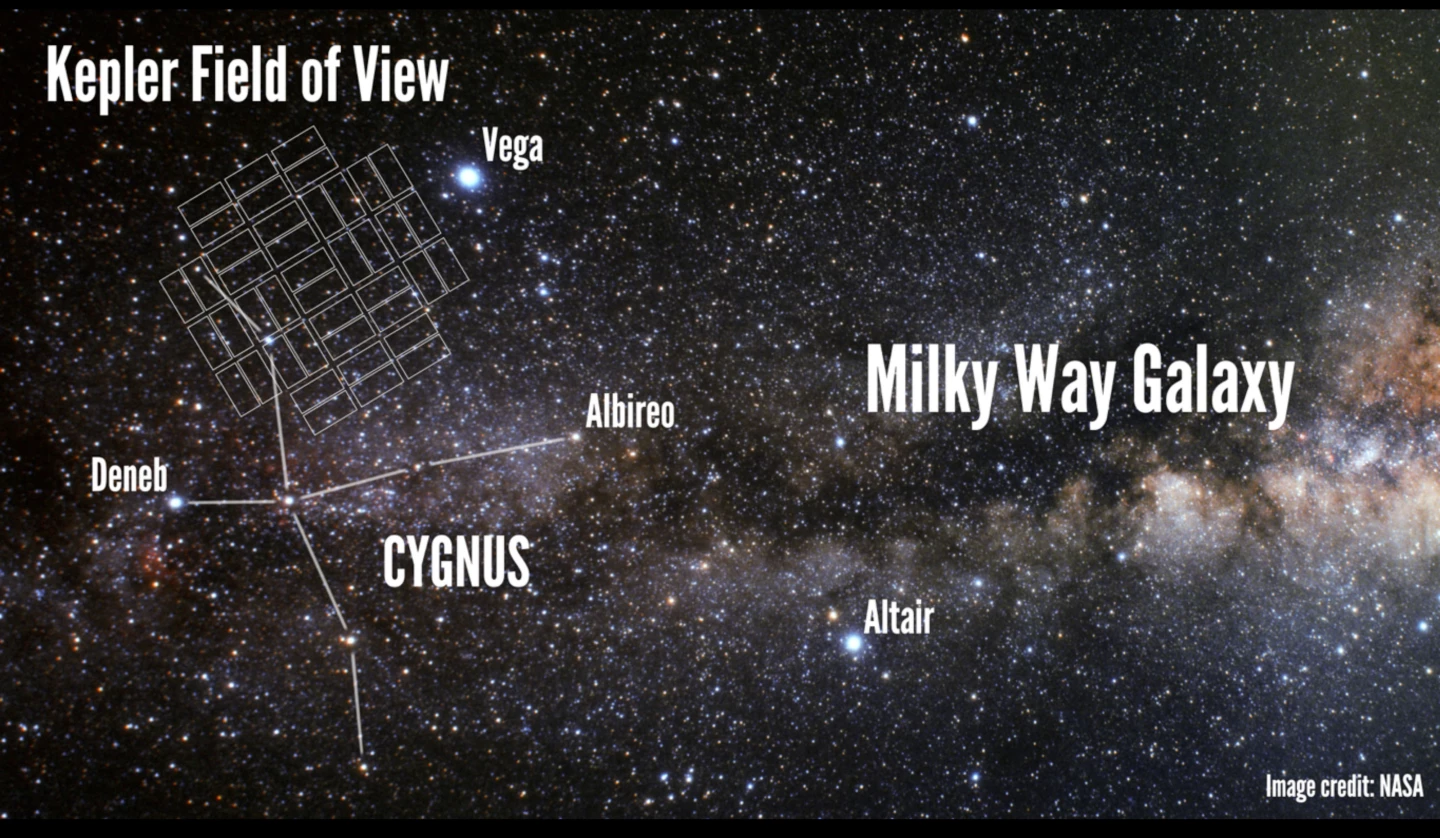Bookmakers may be revising their odds on the question of us being alone in the Universe after scientists revealed that our galaxy could hold billions of habitable worlds. University of California Berkeley and University of Hawaii (UH) astronomers carried out a study using data from NASA’s Kepler space telescope to provide part of the answer to the question, “How many of the 200 billion stars in our galaxy have potentially habitable planets?” The answer they got back was that one in five sun-like stars may have Earth-size planets that could support life.
If there is life beyond the Solar System, then it is hidden in a haystack of cosmic proportions. In our Milky Way galaxy alone there are over 200 billion stars and the question of how many of those stars have planets and how many of those planets could support life is fundamental to seeking out other living worlds.
Until its mission ended earlier this year due to a mechanical malfunction, the Kepler space telescope racked up an impressive record as it carried out a deep sky survey in its search for extrasolar planets. Even though its hunting days are over, Kepler has already revealed over 3,000 candidate extrasolar planets and the data it returned to Earth will keep scientists busy for years, if not decades to come.

Kepler looked for extrasolar planets by studying the light from stars in the constellations of Cygnus and Lyra. In particular, it was looking for the characteristic dip in the star’s brightness caused by another body passing in front of it like an eclipse. From the nature of the dip, scientists could determine if that body was a dim star or a planet, its size, and its distance from its star.
The UH and UC Berkeley team carried out statistical analysis of all the Kepler observations, which they augmented with observations from the Keck telescopes in Hawaii. This produced spectrographs, which allowed the astronomers to determine the absolute brightness of the stars in question. This let them calculate their distance from Earth and, from that, the size of the planets orbiting them.
The important part of the analysis is that the team didn’t just rely on real stars. They also inserted fake stars into the analysis. This gave the scientists a benchmark that allowed them to figure out how many planets they were missing and from that, calculate that 22 percent of sun-like stars have Earth-like planets.

“What we’re doing is taking a census of extrasolar planets, but we can’t knock on every door," says UC Berkeley graduate student Erik Petigura, who led the analysis of the Kepler data. "Only after injecting these fake planets and measuring how many we actually found could we really pin down the number of real planets that we missed.”
The 22 percent isn’t for all stars, only for Sun-like G-class stars. Many scientists believe the best chance of life is to be found on a planet orbiting a G2 star like our own Sun. G-class stars make up 20 percent of the stars in our galaxy, so the actual number of stars with possible habitable planets is 22 percent of 20 percent. However, assuming that there are 200 billion stars (some sources say 300 billion), that still means many billions of candidates.
Additionally, the statistical survey didn’t find any planets around G-class stars, but smaller, cooler K-class stars, though the team does claim that the number of G-class stars can be extrapolated from the findings and that if the Kepler mission had continued, at least a few planets would have been seen orbiting G-class stars.
A more important point of caution made by the team is that the use of “habitable” in this context is very generous. It only means a planet less than two times the diameter of Earth, that receives one-quarter to four times the light the Earth gets from the sun, and is at a distance from its star where liquid water can exist. That leaves a lot of factors where things could go wrong and the planet might be as dead as Venus or Mars.

“Some may have thick atmospheres, making it so hot at the surface that DNA-like molecules would not survive," says Geoffrey Marcy, UC Berkeley professor of astronomy. "Others may have rocky surfaces that could harbor liquid water suitable for living organisms. We don’t know what range of planet types and their environments are suitable for life.”
The results of the UC Berkeley and University of Hawaii study were published in the Proceedings of the National Academy of Sciences.











